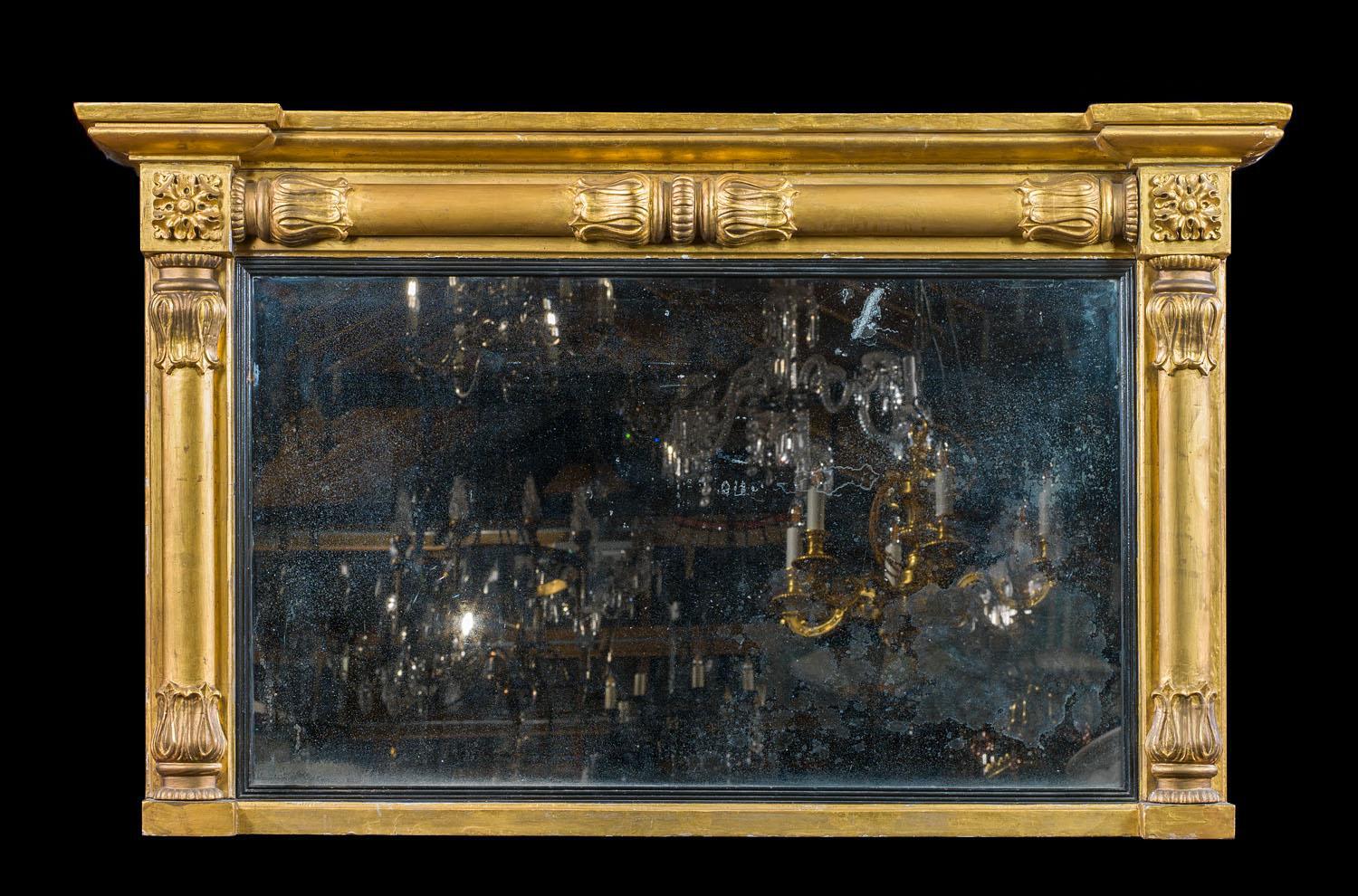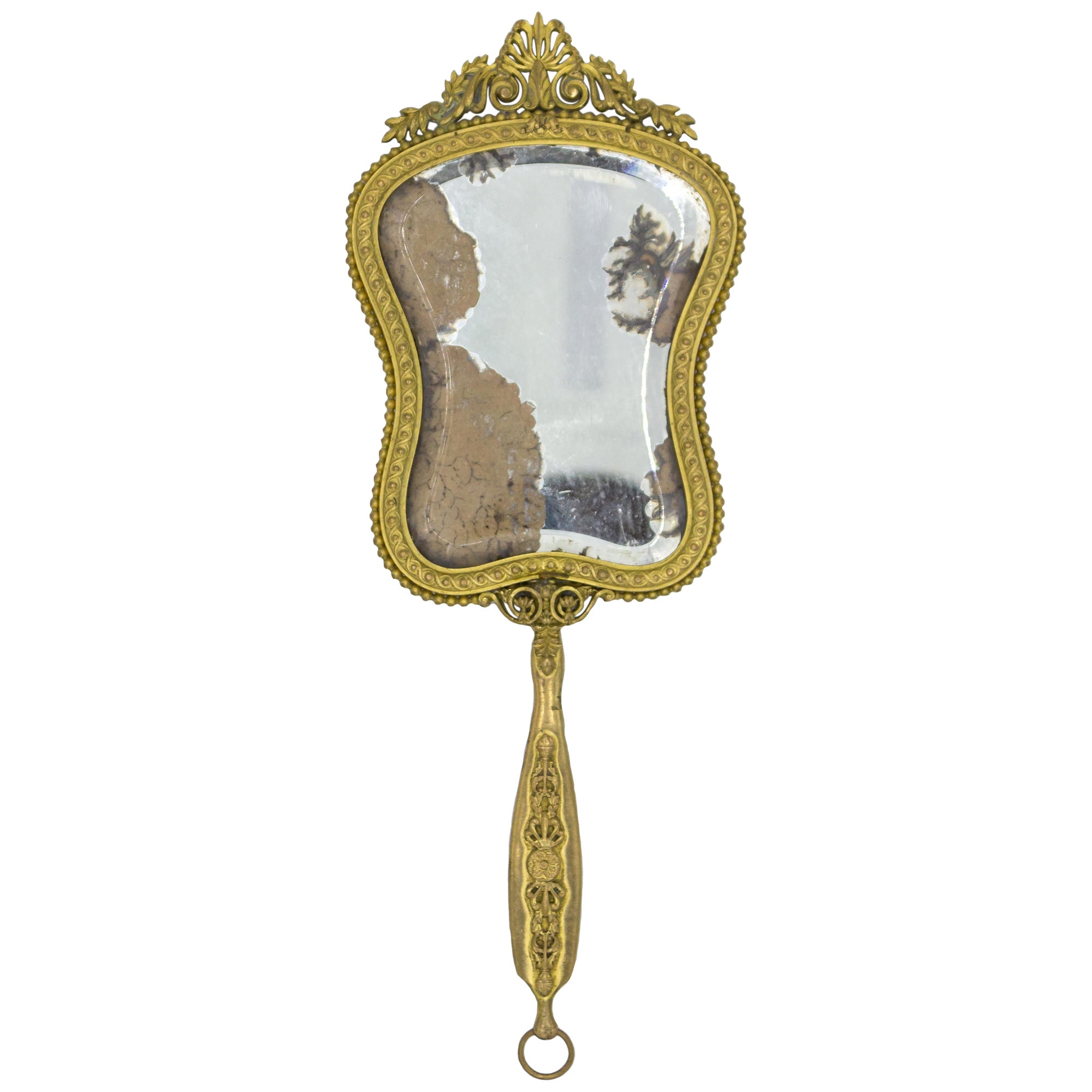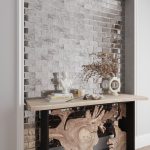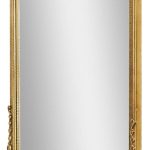Antique mirrors are beautiful. They have charm and history. Many people love to collect them. But how can you tell if a mirror is truly antique? In this guide, we will show you some simple ways to find out.
What is an Antique Mirror?
First, let’s define what an antique mirror is. An antique is usually over 100 years old. It can be from different times and places. Antique mirrors often have unique designs. They might be made of special materials. These mirrors can add character to a room.
Look at the Glass
One way to tell if a mirror is antique is to look at the glass. Here are some tips:
- Check for Bubbles: Old glass often has bubbles. These bubbles happen during glass making. If you see bubbles, it might be old.
- Look for Wavy Edges: Antique mirrors may not be perfectly flat. If the edges are wavy, it can be a sign of age.
- See if It Distorts Reflections: An antique mirror may distort what you see. If you notice this, it could be old.

Credit: www.westlandlondon.com
Examine the Backing
The backing of the mirror can also tell you its age. Here’s what to check:
- Wood vs. Cardboard: Older mirrors often have wooden backing. Newer ones usually use cardboard.
- Look for Nails or Glue: Old mirrors may use small nails. Newer ones often use glue. Check how the mirror is held together.
Check the Frame
The frame can give clues about the mirror’s age. Here are some things to look for:
- Material: Antique frames can be made of wood, metal, or plaster. They may have carvings or designs.
- Style: Different styles were popular in different times. For example, Victorian frames are often very detailed.
- Condition: An antique frame may show signs of wear. Look for scratches or chips.
Look for Labels or Marks
Some antique mirrors have labels or marks. These can help identify their age. Here’s what to do:
- Check the Back: Look on the back of the mirror. You might find a label or sticker.
- Search for Maker’s Marks: Some mirrors have maker’s marks. These can show who made the mirror and when.
Research the Style
Knowing the style can help you date a mirror. Different designs were popular at different times. Here are some common styles:
| Style | Time Period |
|---|---|
| Baroque | 1600s to 1700s |
| Rococo | 1700s |
| Victorian | 1837 to 1901 |
| Art Deco | 1920s to 1930s |
By learning about these styles, you can guess the age of a mirror.

Credit: www.1stdibs.com
Ask an Expert
If you are unsure, ask an expert. They can help you learn more about the mirror. Experts can be found in many places:
- Antique Stores: Visit local antique shops. Owners often know a lot about their items.
- Auctions: Auction houses have specialists. They can provide information about antiques.
- Online Forums: There are many online communities. You can ask questions and share pictures.
Visit Museums
Museums can be great places to learn about antique mirrors. Here’s why:
- Exhibits: Many museums have antique mirror exhibits. You can see them up close.
- Guided Tours: Some museums offer tours. These can give you more information.
- Workshops: Some museums hold workshops. You can learn how to identify antiques.
Understand the Value
Knowing the value of an antique mirror is important. It can help you decide if it is worth buying. Here are some factors that affect value:
- Age: Older mirrors are often more valuable.
- Condition: A mirror in good shape is worth more.
- Rarity: Unique mirrors can be more valuable.
- Demand: Popular styles can increase value.
Preserving Antique Mirrors
Once you have an antique mirror, take care of it. Here are some tips for preserving it:
- Keep It Clean: Use a soft cloth. Avoid harsh chemicals.
- Avoid Direct Sunlight: Sunlight can damage mirrors. Keep them in shaded areas.
- Control Humidity: High humidity can harm mirrors. Use a dehumidifier if needed.
Frequently Asked Questions
How Can I Identify An Antique Mirror?
Look for signs like age, craftsmanship, and materials. Antique mirrors often have unique details.
What Are The Common Signs Of An Antique Mirror?
Signs include imperfections in glass, wood frames, and older silvering techniques. Check for wear and tear.
What Materials Are Used In Antique Mirrors?
Antique mirrors usually use glass, wood, and silver or mercury for backing. These materials show their age.
How Can I Check The Age Of A Mirror?
Examine the glass and frame. Older mirrors often have curved glass and distinctive patterns.
Conclusion
Antique mirrors are special items. They can tell stories of the past. To tell if a mirror is antique, look at the glass, backing, and frame. Check for labels and research styles. If you need help, ask an expert or visit a museum.
By learning how to identify antique mirrors, you can enjoy their beauty even more. Whether you collect them or simply appreciate them, knowing their history adds value. Enjoy your journey into the world of antique mirrors!



